A Beginner's questions...
Panoply76
11 years ago
Related Stories
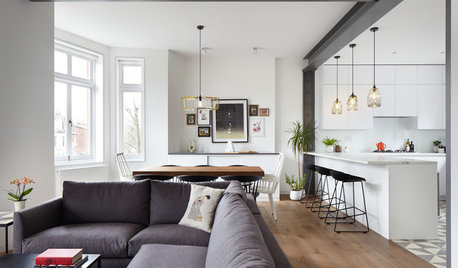
WORKING WITH PROSA Beginner’s Guide to Managing a Remodel
How do you make your design dream a reality? Here’s some project management know-how to help you work with your designer
Full Story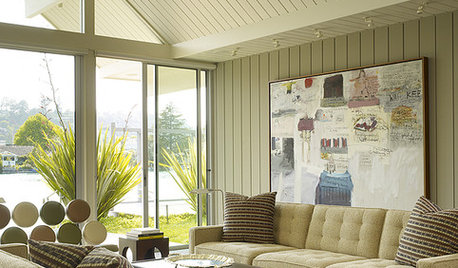
ARTCollect With Confidence: An Art-Buying Guide for Beginners
Don't let a lack of knowledge or limited funds keep you from the joy of owning art. This guide will put you on the collector's path
Full Story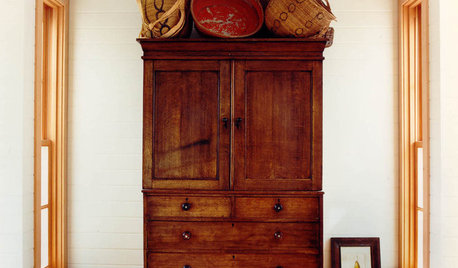
DECORATING GUIDESA Beginner's Mini Guide to Buying Antiques
Experience the thrill of the hunt without ignorance ruining the spoils, with this guide to antiquing for novice buyers
Full Story
GARDENING GUIDES10 Easy Edibles for First-Time Gardeners
Focus on these beginner-friendly vegetables, herbs, beans and salad greens to start a home farm with little fuss
Full Story








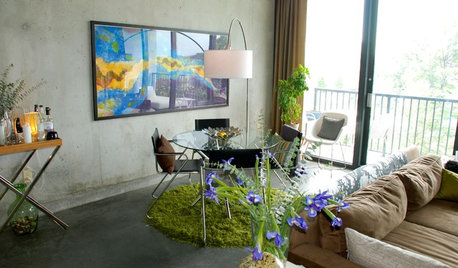
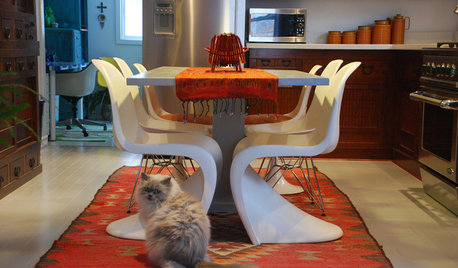

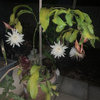
elainebach
vetivert8
Related Professionals
70037 Landscape Architects & Landscape Designers · Deer Park Landscape Architects & Landscape Designers · Erie Landscape Architects & Landscape Designers · Oatfield Landscape Architects & Landscape Designers · Saint Matthews Landscape Architects & Landscape Designers · Signal Hill Landscape Architects & Landscape Designers · Taylorsville Landscape Architects & Landscape Designers · Walnut Landscape Architects & Landscape Designers · Forest City Landscape Architects & Landscape Designers · Brookside Landscape Contractors · North Potomac Landscape Contractors · Pahrump Landscape Contractors · San Bruno Landscape Contractors · Wheat Ridge Landscape Contractors · Kingsburg Landscape Contractors